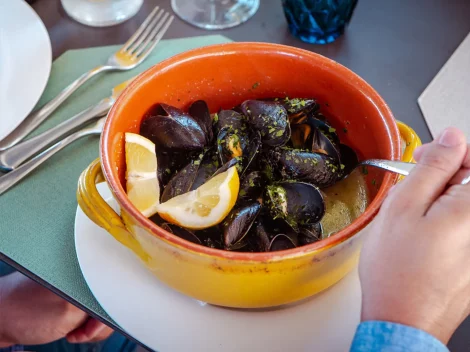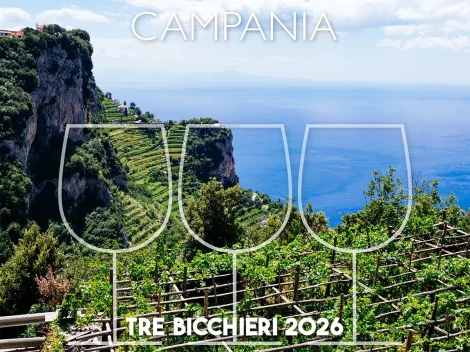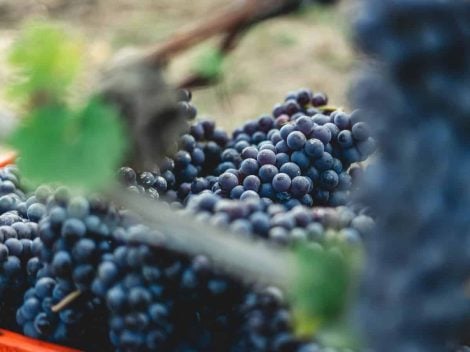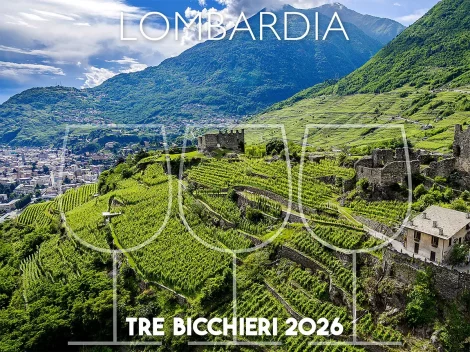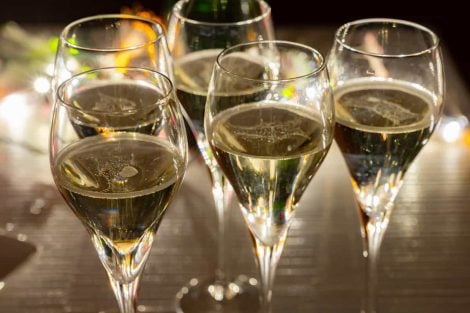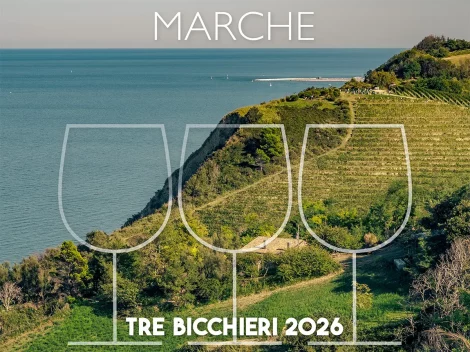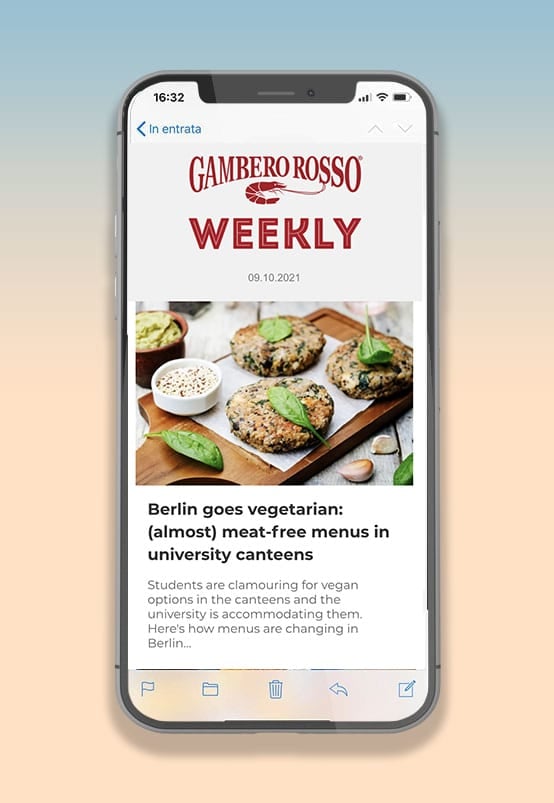In Albareto, in the heart of the Parma Apennines and the Biodistrict of the Alte Valli, amid quiet slopes and mountain forests, a couple of former chefs chose to build their farm, AmaMaja. A small family paradise — a project built on deliberate, daily choices, among pastures that change colour with the seasons and the slow rhythm of mountain life. It’s not a conventional venture: ethical farming demands patience, dedication, and constant presence. Every day brings new challenges — running a smallholding, and the commitment to protect and preserve a breed at risk of extinction. Yet it is precisely this tension, between effort and care, peace and openness, that defines AmaMaja’s identity and gives meaning to their work.
How the AmaMaja organic farm was born
Once a vegan chef in Parma, Giulia Rubertelli met Simone Andrei, who also worked in the same restaurant kitchen. From behind the stove, they began dreaming of a future together — one tied to agriculture instead.
“When I found this abandoned farmhouse, I immediately knew it was perfect for what we had in mind — initially raising alpacas for wool, and later dairy cows for cheese production,” says Simone. Giulia echoes him: “I already knew these valleys because I used to come here as a child, and later as a young woman to the river — it had always been my dream to live here. When Simone brought me, I realised we’d found our place.”
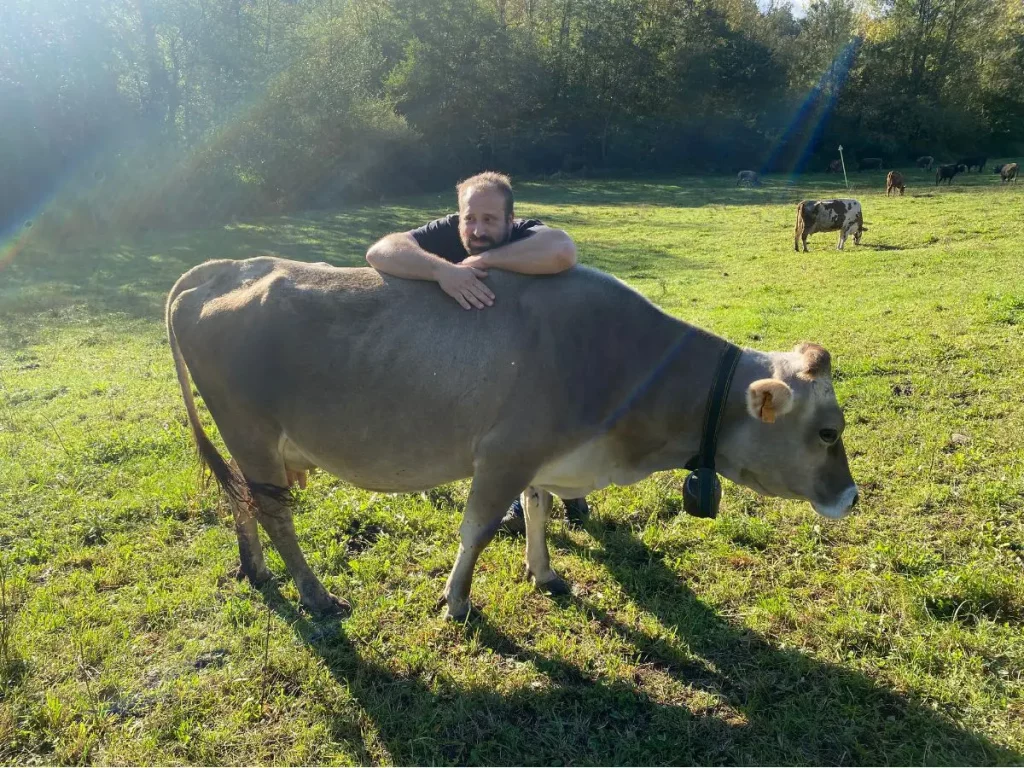
Giulia continues painting the idyllic picture: “When I was pregnant with our first child, we dreamed of getting a dairy cow. When we went to choose her, we found Dana — she became our favourite, and we discovered she was born on the same day as me. It felt like a sign.”
So once they had found the land and house of their dreams in their beloved valley — and bought their cow — a romantic life began. “I used to bathe Dana every morning, milk her to the sound of church bells on Sundays, and from there we decided to grow our family — and the herd,” smiles Giulia, holding little Irene and their firstborn, Lucio. “We named him after the patron saint of cheesemakers and protector of herds.”
The breed to be saved
AmaMaja’s herd has grown remarkably over the past ten years. Now the cows live freely at pasture, returning to the barn only early in the morning for hand-milking.
“When we first saw the Cabannina cow, it was love at first sight,” recalls Giulia. The Cabannina is an indigenous breed from the Ligurian valleys, originating from the Piana di Cabanne, today reduced to a few hundred specimens and recognised as a Slow Food Presidium. The earliest ancestors date back to 1650, but the breed is now endangered. It is identifiable by the ripple of its coat along the back.
In the 1970s, raising them was almost outlawed, as farmers were encouraged to replace all native breeds with higher-yielding ones. Local farmers hid the Cabannina cows in the woods to save them from slaughter. Over the years, their breeding gradually resumed.
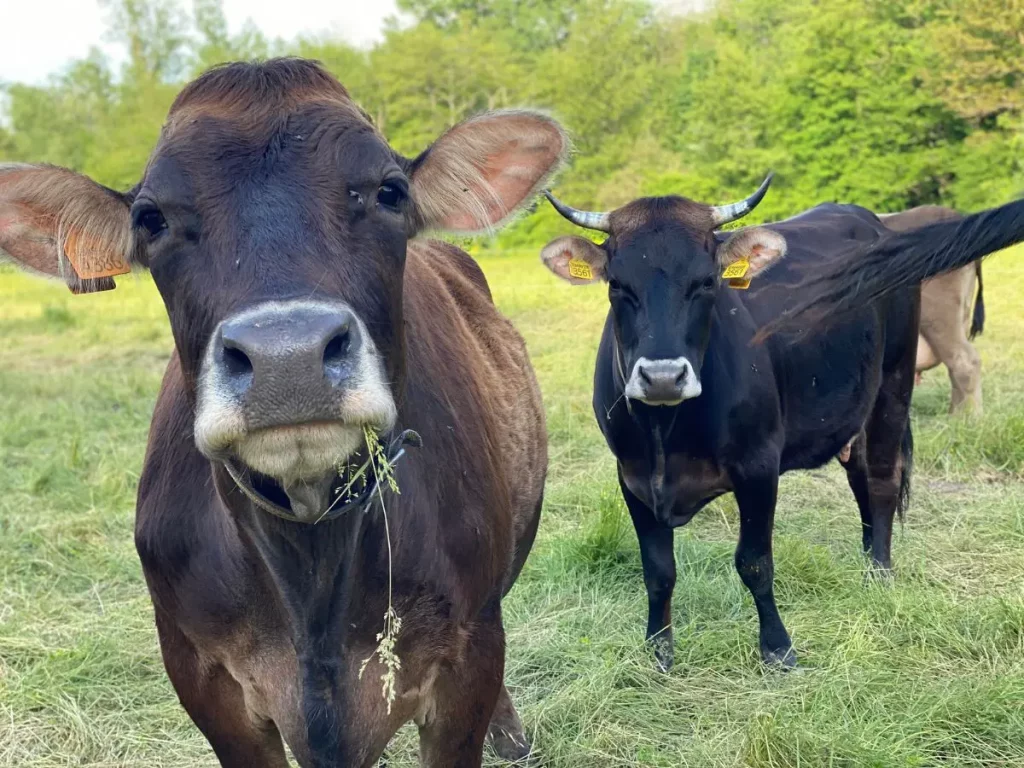
It is a rustic, small, long-lived cow that grazes extensively. It produces little — barely 12 litres a day — but this milk is ideal for making excellent cheese. For two reasons: firstly, because of its varied diet — “we’re talking about leaves and fruits from wild trees,” explains Simone. Secondly, because of the unique structure of its milk: the fat globules are extremely fine, making Cabannina milk highly digestible, comparable to goat’s milk. This characteristic affects cheesemaking and requires care and skill in the dairy.
“The preservation of the species — currently about 400 animals worldwide — is carried forward by heroic Ligurian breeders, and for us, it represents a value to protect,” Giulia continues. “Including the calves, we have about a dozen. The naturally modest milk yield should not be seen as a limitation — supporting this biodiversity allows us to produce cheeses of the highest quality.”
On the farm, everything is done with raw milk from pasture-raised animals, using native starter cultures and maintaining small-scale production.
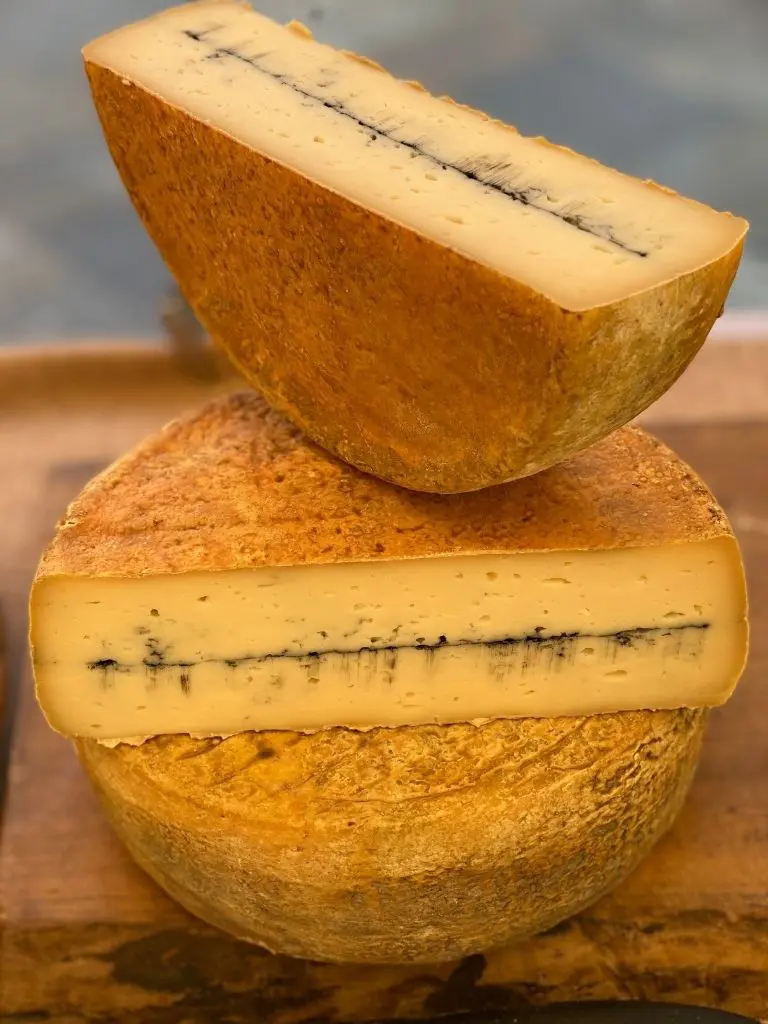
Cheeses that tell the story of biodiversity and nature
“We are tireless apprentices — persistent and passionate gourmets,” Giulia continues. Initially trained by teacher Michele Grassi, who guided them through the production of small caciotte, ricotta, and yoghurt, in recent years they have focused on three particular cheeses:
Casòn, their semi-cooked curd cheese with continuous natural starter evolution;
Frontière, a Morbier-style cheese developed through training at Afonpeil, the French dairy and agri-food training institute in Mamirolle;
Cheddar, for which they undertook a work placement in Wales at Holden Farm in January 2025, where the renowned Hafod Cheddar is made under the expertise of cheesemaker Jenn Kast.
Venturing beyond the familiar, learning cheesemaking abroad, and testing themselves is certainly a challenge — but a vital step to make the most of their ace in the hole: their white gold. “We know Cabannina milk is very special. Every day, we try — through our skills and knowledge — to bring out its full potential.”
In winter, both they and their cows rest, selling the aged cheeses produced during the rest of the year directly from the farm, at markets, and to a few restaurants.
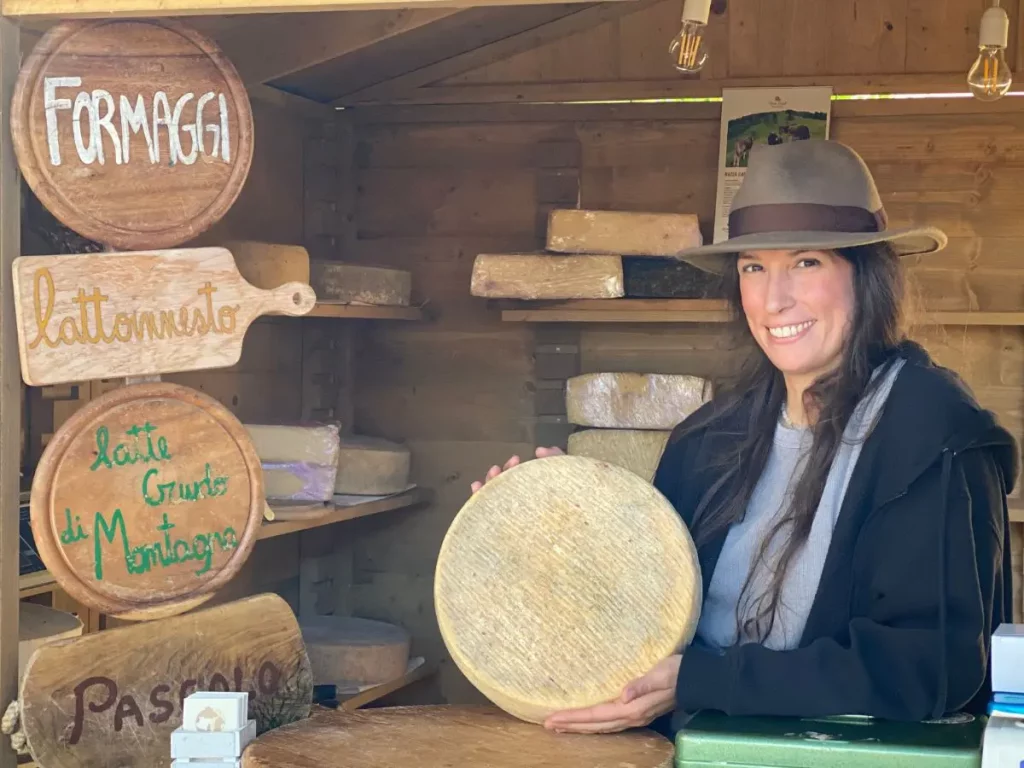
The first national association dedicated to raw milk
AmaMaja’s journey goes beyond production. In July 2025, Giulia and Simone founded the Telegram group “Latte Crudo 4 Life”, created to share experiences and tackle common challenges. “It became a bridge between worlds that seem distant but are, in reality, so close,” they explain. From this initiative was born LA.CRU., the first national association dedicated to raw milk, officially presented in Bra during the Cheese 2025 event.
The newly founded association shows strong commitment to food safety, high quality standards, and risk prevention, considering the entire supply chain. It also promotes continuous certified training for raw milk producers, extended to retailers, counter staff, and associated restaurateurs — with the goal of completing the ‘from field to table’ cycle and ensuring informed consumption.
Finally, LA.CRU. intends to develop specific HACCP plans for raw milk protocols, regularly updated and shared among members. These plans take into account the distinctive properties of raw milk and aim to overcome potential limitations of current legislation, supported by research and expert guidance.
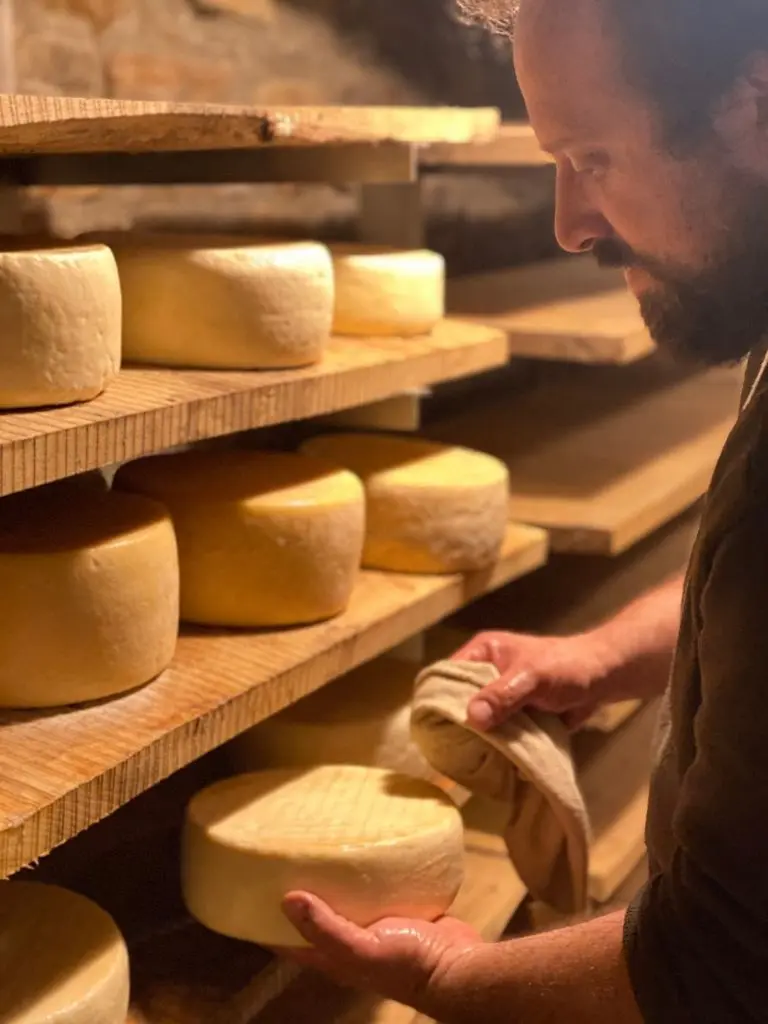
Today, AmaMaja is a small yet powerful reality that combines the preservation of an endangered breed, cheese research, and the building of a professional community. But it is also a labour of the heart.
“We see ourselves as the custodians of the AmaMaja farm, continuing the path of our grandparents — sharecroppers and farmers who always lived in close harmony with the land and the animals. Our work is rooted in the constant pursuit of the best possible natural balance.”
Giulia and Simone’s daily life is one of trials and patience, of meaningful gestures, powered by an unrelenting passion. From these daily acts come results and satisfaction that grow over time — work that leaves on the table good, healthy cheese and, at the same time, the quiet mark of a choice: to keep alive the sacred biodiversity of their small paradise.

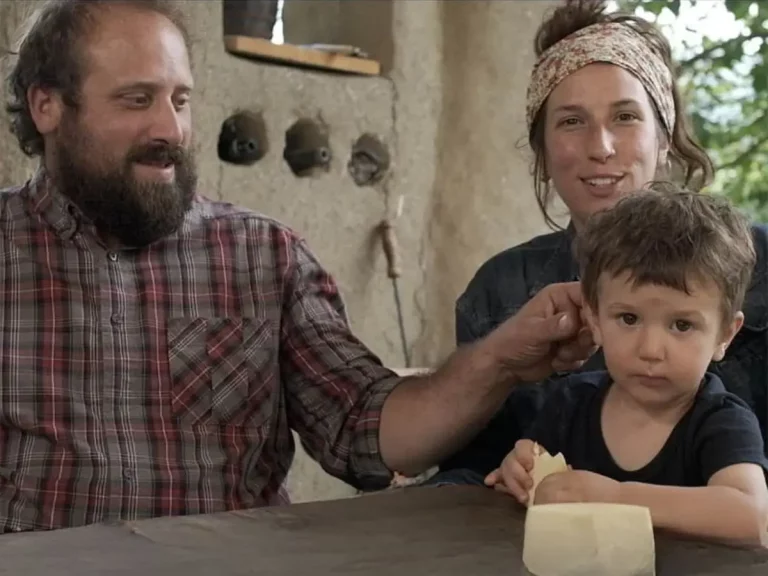
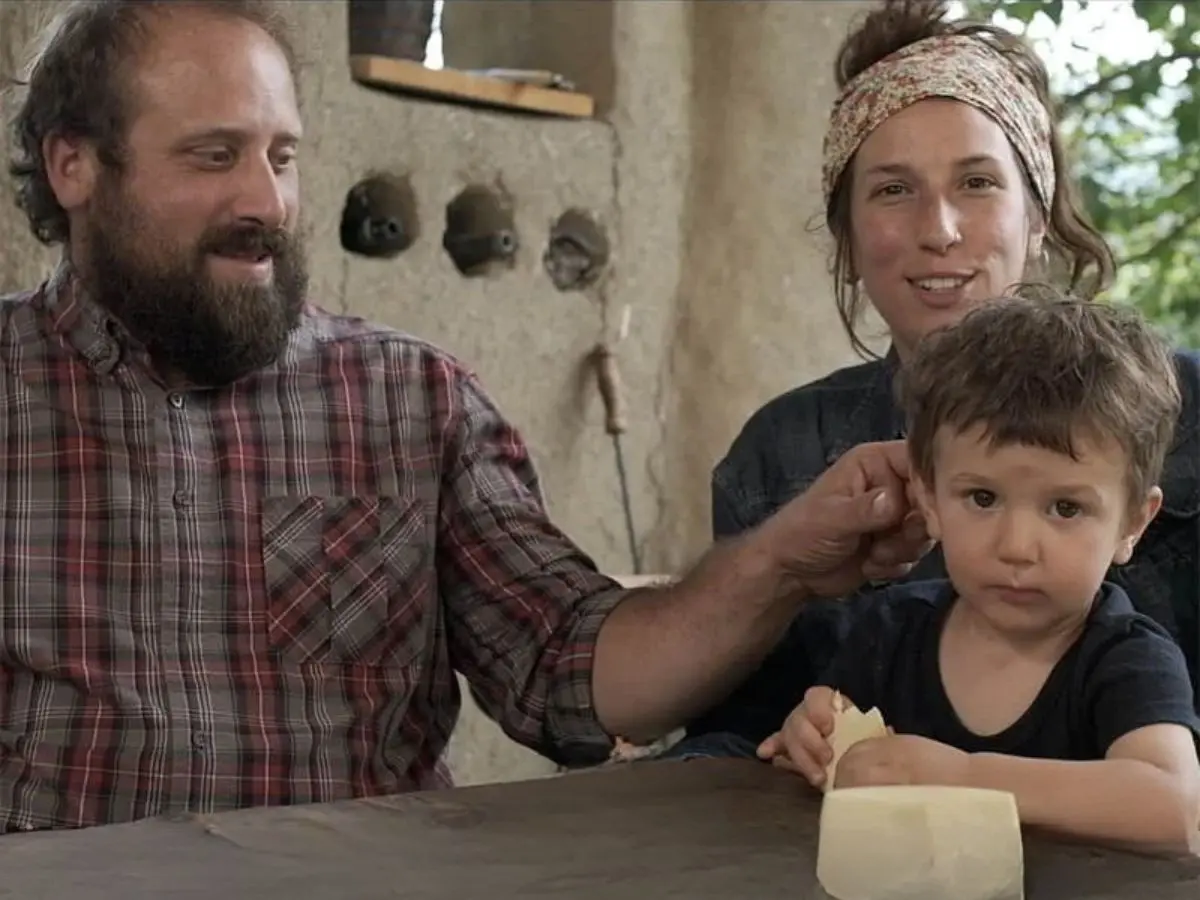 Rare cows at pasture, unspoilt nature, and organic cheese: welcome to the AmaMaja paradise
Rare cows at pasture, unspoilt nature, and organic cheese: welcome to the AmaMaja paradise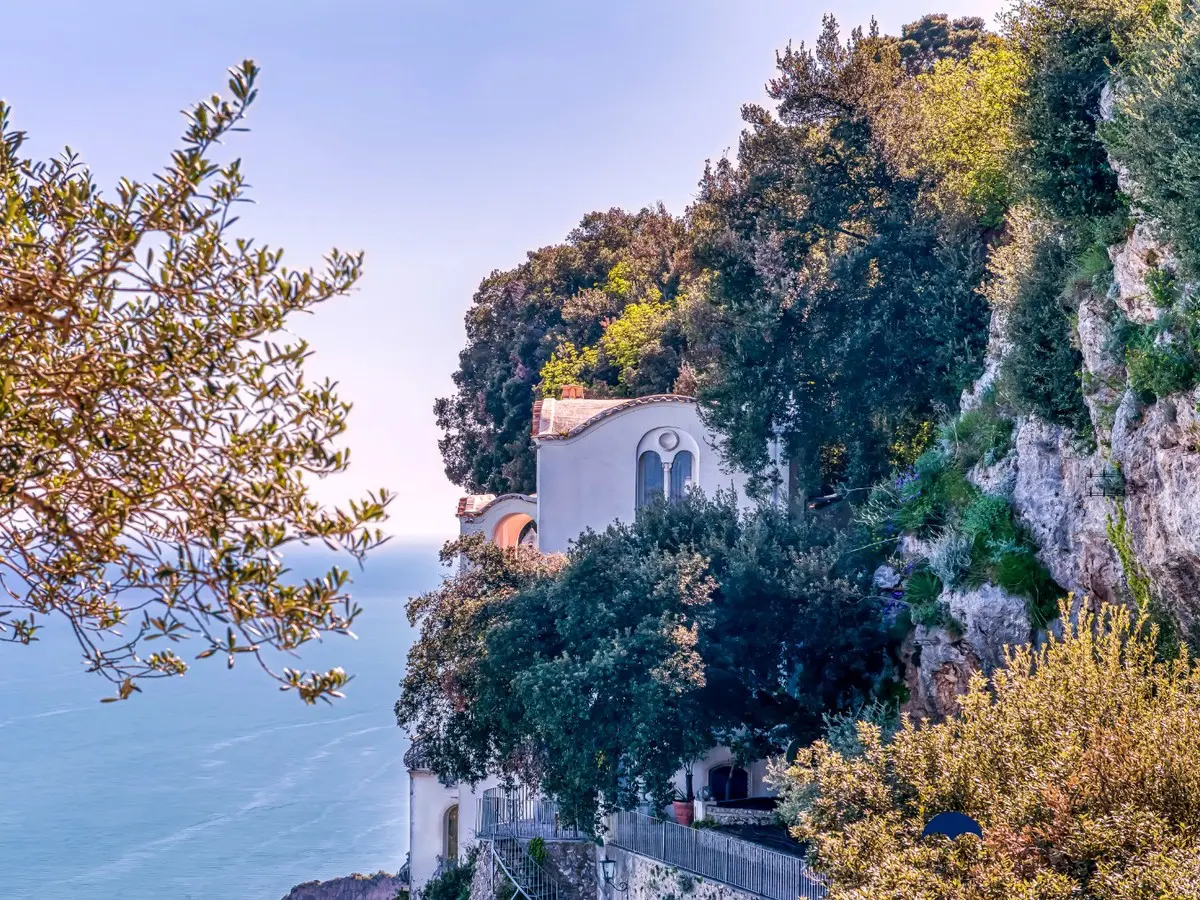 The spectacular clifftop villa where you can dine on the Amalfi Coast
The spectacular clifftop villa where you can dine on the Amalfi Coast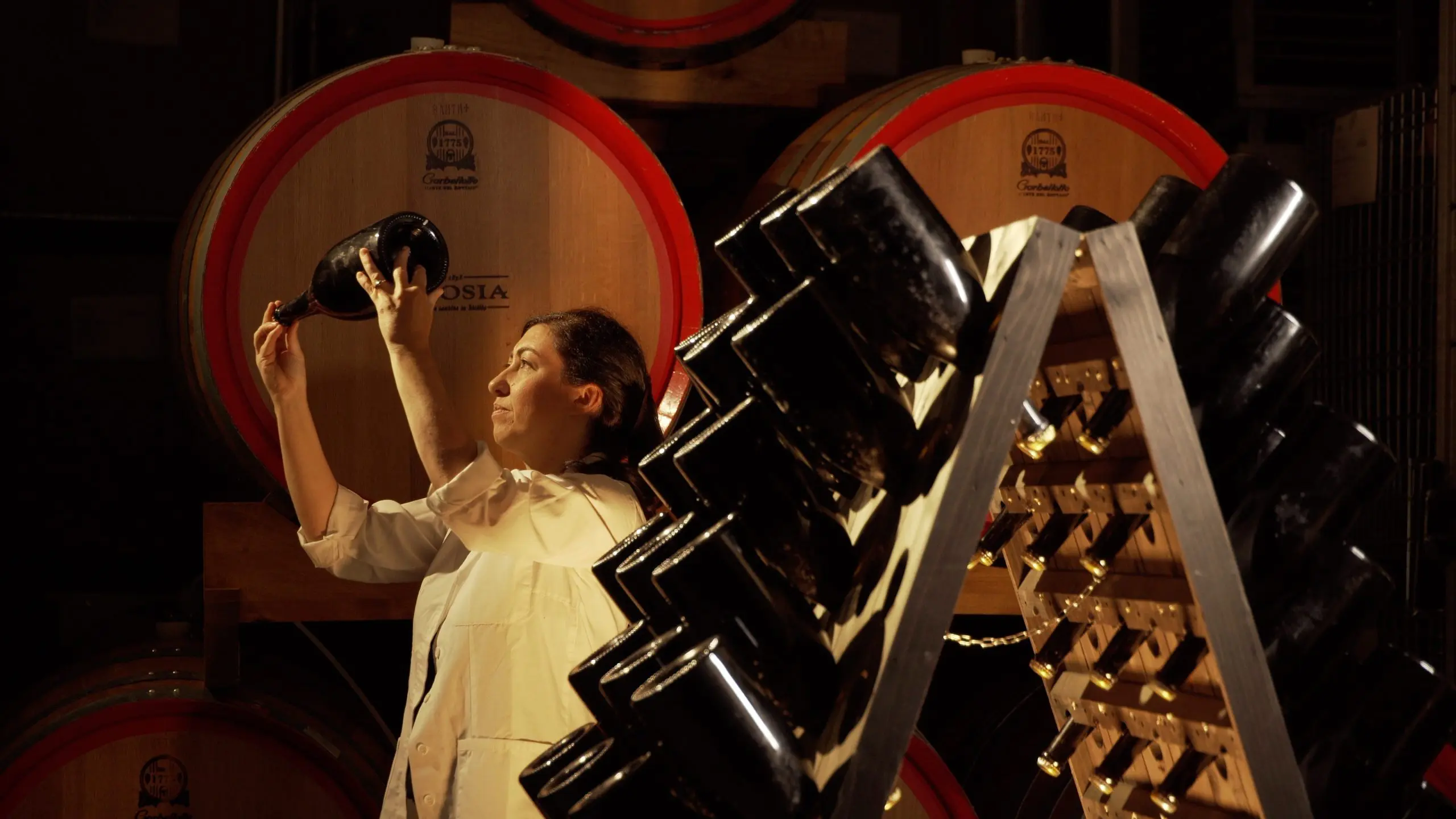 “Here’s how Etna’s sparkling wines were born.” Maria Carella speaks — the oenologist who is revolutionising Sicily’s méthode classique
“Here’s how Etna’s sparkling wines were born.” Maria Carella speaks — the oenologist who is revolutionising Sicily’s méthode classique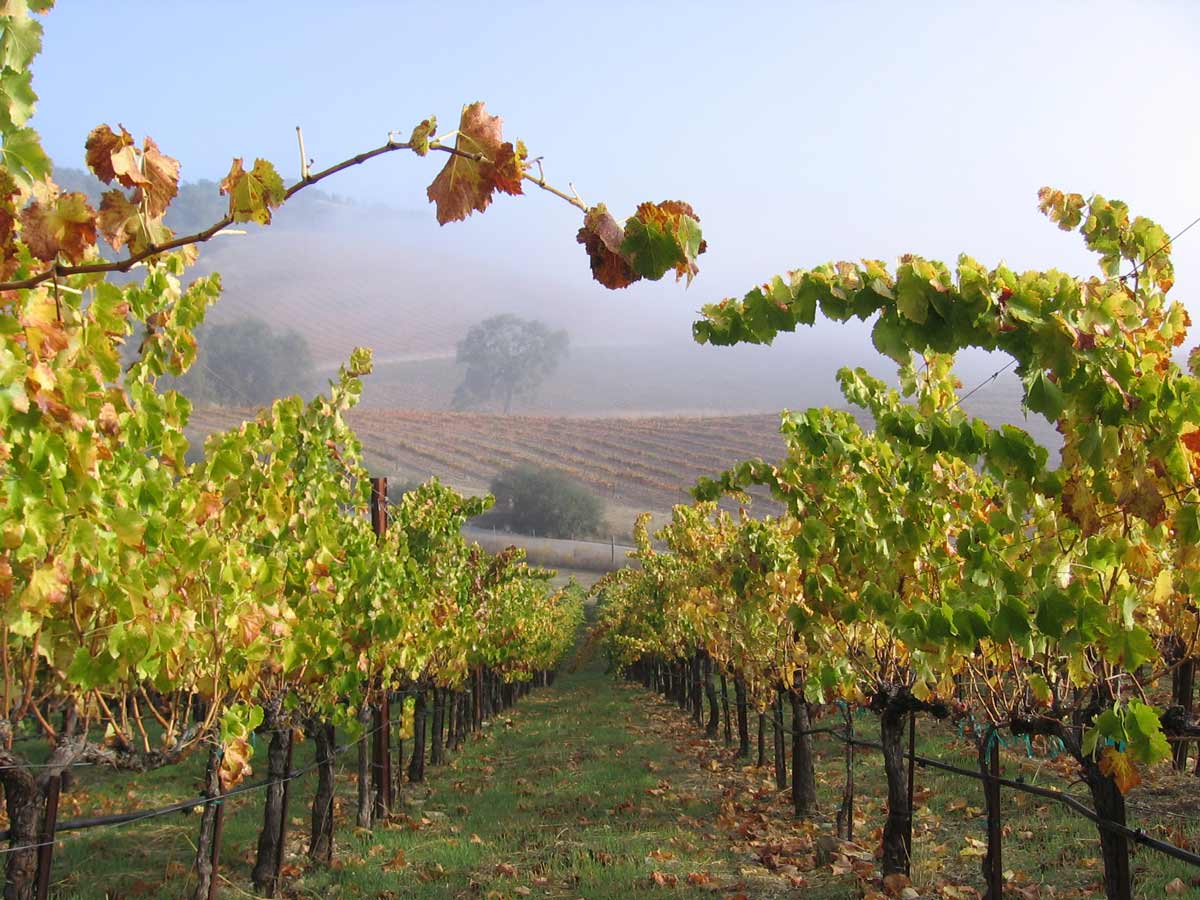 The many souls of Vermentino, the “stateless” wine that tastes of the sea and conquers the world
The many souls of Vermentino, the “stateless” wine that tastes of the sea and conquers the world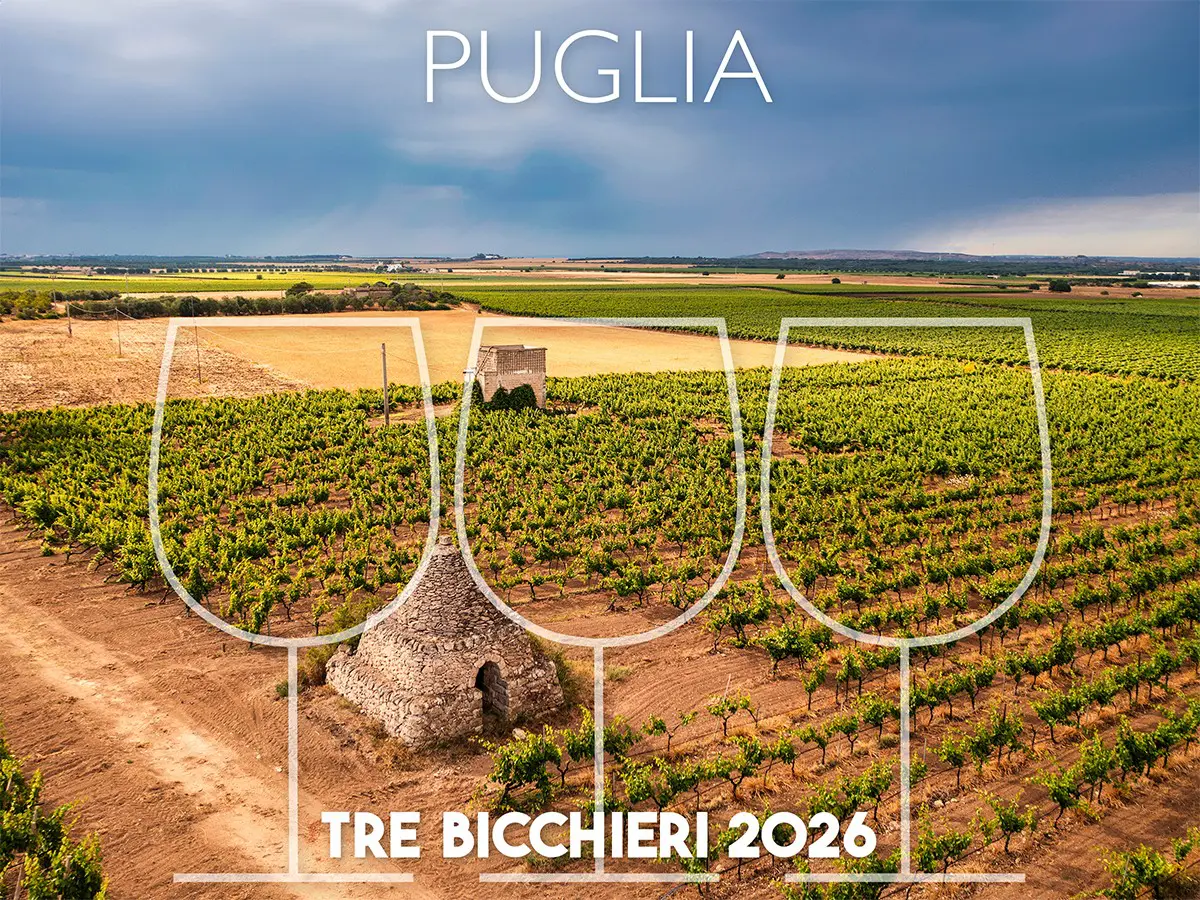 Tre Bicchieri 2026: the 26 best wines of Puglia awarded by Gambero Rosso
Tre Bicchieri 2026: the 26 best wines of Puglia awarded by Gambero Rosso